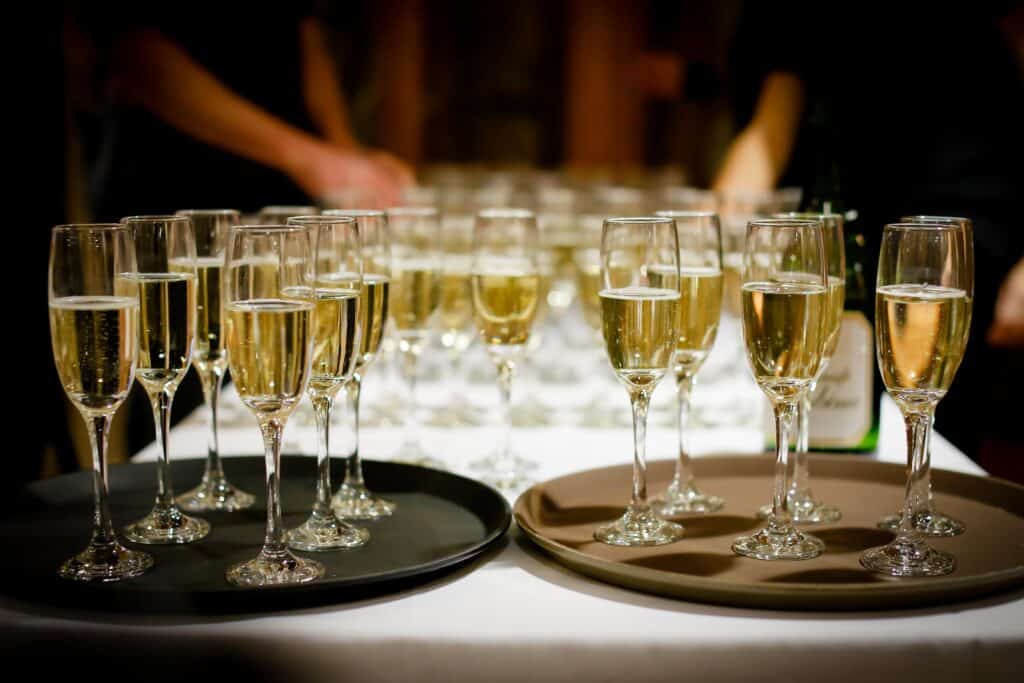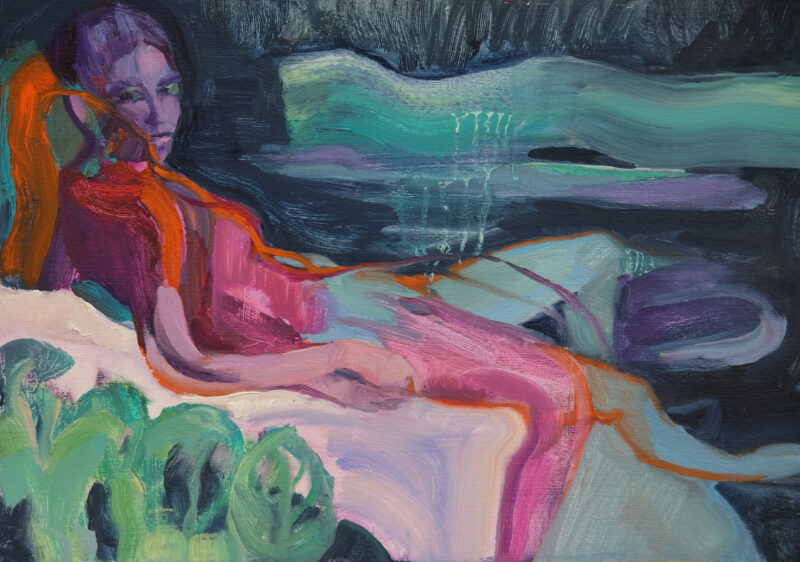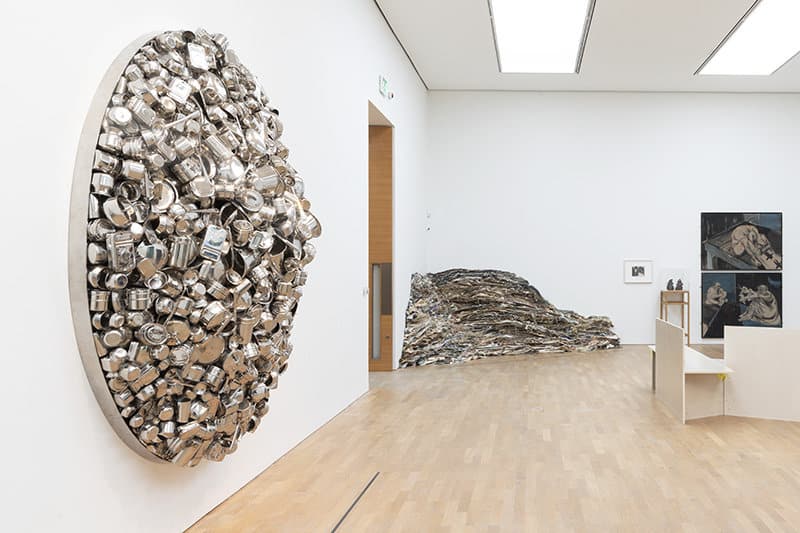Tabish Khan the @LondonArtCritic loves art and visits hundreds of exhibitions a year. But every now and then he comes across something in the art world that doesn’t meet his approval.

Growing up Muslim, and therefore teetotal, in the UK one of the hardest social situations to navigate is that British life revolves around alcohol – socialising in the pub, after work drinks and most evening events are lubricated by copious amounts of alcohol.
It’s something I’ve had to learn to navigate, trying to fit in while avoiding a citric, caffeine or sugar overload (or all of those combined) without being labelled as anti-social — making a quick exit before the drunken behaviour kicks in because as all sober people know, almost everyone once drunk is unpleasant to some degree.
But the world is changing with reports that younger people are drinking less and alcohol is becoming less central to society as pubs close in record numbers, and yet the art world is a holdout and alcohol remains intrinsic to any evening art event. Head to any gallery opening or private view and there’ll be free alcohol aplenty, and one Mayfair gallery that I spoke to trialled dry openings only to receive complaints from regulars that this wasn’t acceptable.
I was recently at the Venice Biennale and there were complaints about events that didn’t have any alcohol, even though this was because the law in Italy was mandatory face coverings indoor except when seated and so serving alcohol to milling crowds wasn’t an option. This wasn’t just freeloaders trying to score some booze, but curators and respected arts professionals making such complaints.
While if you’re a non-drinker often these events won’t even have water available so the choices are beer / wine or remain thirsty. I’m made to feel as if I should be grateful if there’s some elderflower fizz available, and while I am thankful to those galleries that stock it, it’s a lot cheaper than alcohol and it should be far more of a standard at all art events.
Art is always trying to show how inclusive it is to people of all backgrounds and yet anyone who doesn’t drink, for health, religious or other reasons is made to feel like an outcast at most art events.
The other advantage of cutting back on the booze is that events tend to be far more pleasant as the number of attendees tends to decrease, helped by people not sticking around to take advantage of the free alcohol. This means you can hear the person you’re speaking to and most importantly actually see the artwork. Often art openings can be so packed it’s difficult to move and they aren’t always there for the art — when you see a swift exodus of people from a gallery it’s usually because the alcohol has run out.
Of course I’m biased as a non-drinker and I’m not advocating removing alcohol from art events, but reducing the amounts and using that spend on some consideration for us non-drinkers should result in a better experience for all gallery goers.
For more in this series, see my thoughts on why everyone is wrong about NFTs, poor press releases, experience as art, commercial as a dirty word, new galleries opening in London, video art at home, the Hockney roundel, art finds a way, art being free, Online exhibitions, Turner Prize 2019, artist’s request for feedback, the reaction to the shredded Banksy, #FriezeWeek, Blockchain hype, Finding art, Private views, Art itself, Appointment only exhibitions, Artificial Intelligence replacing artists, Everyone’s a Critic, Photo London, The Turner Prize, Art for art’s sake, Conceptual art is complicated, Condo, How performance art is presented in museums, Frieze week floozies, too much respect for an artist’s legacy, opinions not being welcome, an exhibition across three countries, tackling race and gender in art, artist-curators, art fair hype, top 5s and top 10s, our political art is terrible, gap left by Brian Sewell, how art never learned from the Simpsons, why artspeak won’t die, so-called reviews, bad reviews are bad for business, the $179m dollar headline, art fairs appealing to the masses, false opening hours, size matters and what’s wrong with video art.







